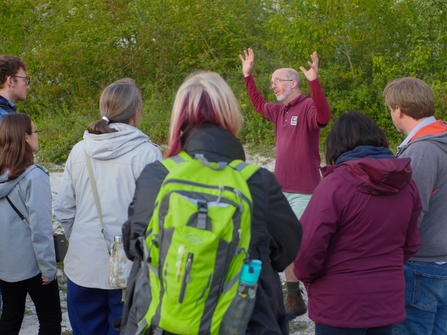. . . that’s what it looked like arriving at the lunar landscape of Cherry Hinton Chalk Pits nature reserve on the outskirts of Cambridge. For first timers like me, it was a breathtaking first impression and a fabulous setting for what is always a very popular annual event – the Chalk, Cheese and Glow-worms corporate members evening.
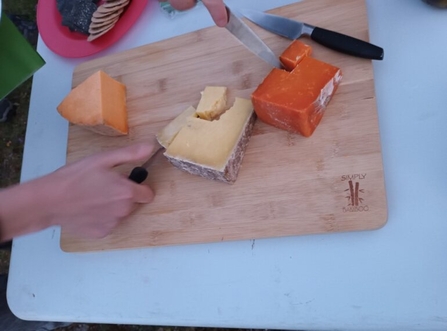
Sensibly, the evening’s guides, Iain Webb, Community Conservation Officer and Laura, Living Landscapes Manager, planned the guided walk before bringing out the cheese, wine and apple juice. They explained the history of the area, how chalk is made and why this site was designated as a Site of Special Scientific Interest.
It was fascinating to hear why it’s so important for WTBCN to manage and monitor these spaces and the importance of our Living Landscapes work in creating more joined up habitats in the face of the Climate Emergency.
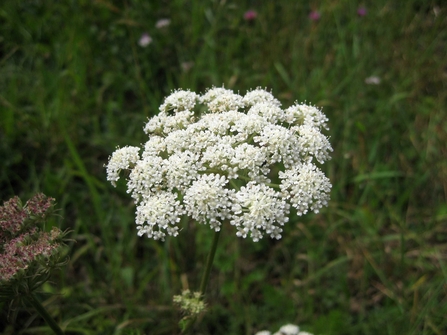
Moon carrot, photo by Laura Watson
As we walked around the chalk pits we enjoyed the sight of a pair of peregrine falcons, a variety of moths and butterflies, and watching Iain get down and dirty as he pointed out the different plants, some of which are a ‘positive indicator’ at this site and some which aren’t. This including one which came as a bit of a surprise to some - buddleia, which is also known as the ‘butterfly bush.’ This shrub may be attractive to adult butterflies but it can be a bit of a thug and if it takes over will prohibit the growth of other important species, including the moon carrot (see photo). This rare plant only grows in a few locations across the UK - it’s a relative of (and not dissimilar to) wild carrot and apparently glows in the moonlight, hence its name.
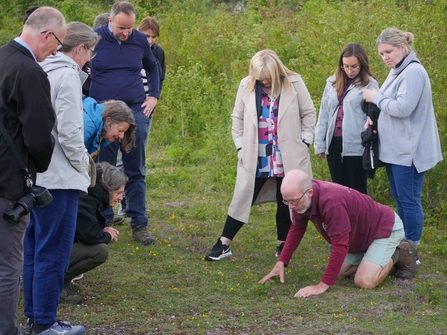
Talking of glowing, what about the glow-worms? Having enjoyed the delicious cheese, biscuits and olives as the sun set, it was time to turn off the torches and look out for glow-worms, although they should really be called glow-beetles. I kept being fooled by the glint of small bits of chalk but when Laura found one, the difference was very clear – it was like a tiny LED light. As it got darker, we found quite a few more as the females lit up to attract a mate in their short but stunning lifecycle.
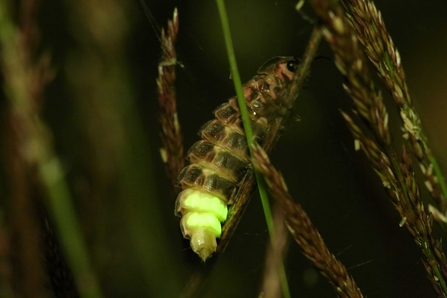
Glow worm, photo by Chris Loades
It was a magical evening which we hope our guests enjoyed. If any of our Corporate Members are interested in guided walks, Wild Work days and Wild Experience days then don’t hesitate to contact us and please spread the word about both our Corporate and Individual memberships which are vital in protecting local wildlife and habitats.
